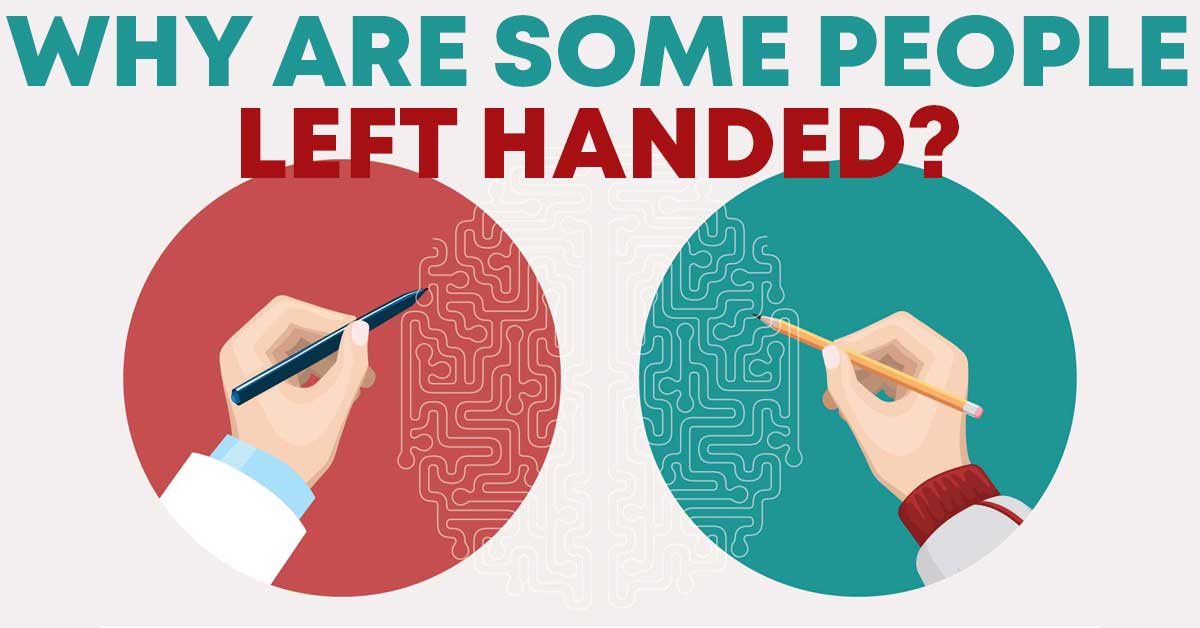It’s a right-handed world – from scissors to credit card readers to the way your ink gets rubbed when writing with a pen. Despite this, it is estimated that 10 to 12 percent of all people are left-handed.
By the time a child is about 18 months old, they likely have developed a preferred hand. Experts do not recommend you try to change your child’s hand preference.
A study in the United Kingdom found about 90% of babies preferred to suck their right thumb before they were born. This could be an early indicator of hand preference in children but is not definitive in guaranteeing what hand preference a child will have.
What Influences Left-Handedness?
Despite over 100 years of research into left-handed preference, there are still no solid answers defining why/how hand preference is established.
Theoretical influences include:
Genes – could be partially influenced by your parent’s hand preference. Additionally, children may model their behavior and handwriting techniques after what they see their parents doing.
Gender – statistically, more males are left-handed than females.
Injury Adjustment – children that injure their hands at a young age may adjust their handwriting preference to accommodate a more comfortable approach.
Are Left-Handed People More Creative?
Despite the common theory – left-handed people are not necessarily more “creative.” After all, creativity is a subjective topic that can not be quantified.
However, the theory is grounded in some science. The right side of your brain controls the left side of your body and aids in performing artistic or creative tasks. The left side (tied to your right hand) is used for logic-driven tasks like mathematics.
Left-handed individuals more commonly exercise the right side of their brain, allowing them to theoretically “keep it sharp” for creative thinking.
Do animals have a hand preference?
Because of their similarities to humans, chimpanzees’ hand preference has been studied both in the wild and in a laboratory setting. The majority of animals do not have hand preference.
Like humans, chimpanzees still prefer their right hand, but it is far less dominant – being the choice of about 60% of chimpanzees. Simple tasks, like cracking nuts, may be done with either hand.


